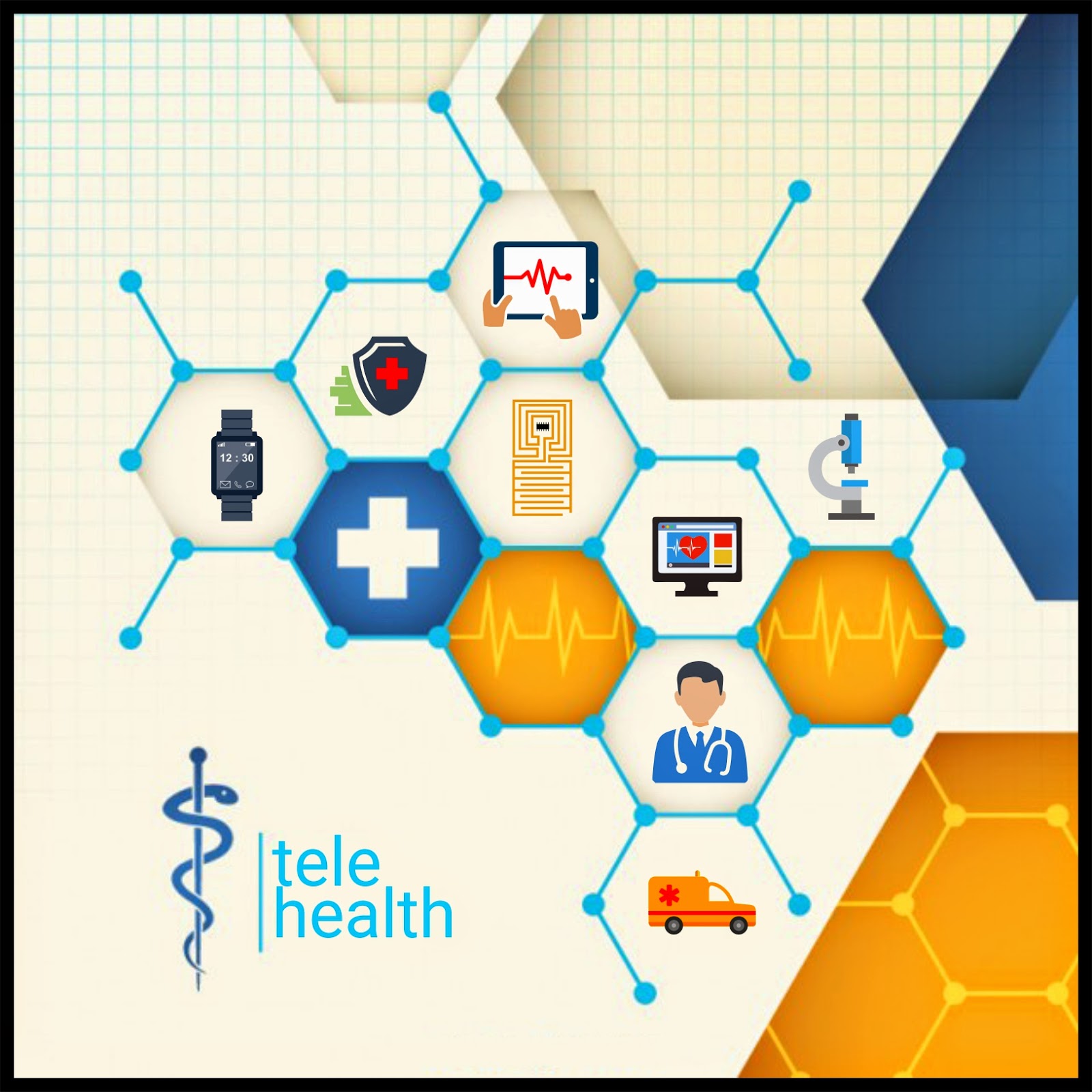TeleHealth - You don't need to go to Doctor anymore!!!
Well…don’t take my blog title in a literal sense. We
definitely need doctors around more than ever. It is just the way we can access
their healthcare services that is changing. TeleHealth is a new paradigm in the
Healthcare industry. The current health
service model is very expensive, time consuming, and ineffective. TeleHealth
will transform the way medicine is currently practiced.
What
is TeleHealth?
It is the delivery of healthcare services and clinical
information to remote locations. TeleHealth is an FDA approved, HIPPA
compliance platform that interactively connects patients with a nationwide
network of licensed doctors 24/7 using Internet, Internet of Things (IoT),
Video chats, Smartphones and Electronic Medical Record clouds. In 21st
century, TeleHealth is an hour-in-need solution.
The
lists of services provided under TeleHealth are:
TeleMedicine:
Providing a professional consultation to a patient in a remote location or
assisting a primary care physician in rendering a diagnosis. According to the American
Medical Association (AMA), 78% of emergency care could be handled efficiently
using TeleMedicine.
TeleMonitoring:
Collecting patient data using IoT (Wearable Devices) and sending the data to a healthcare monitoring agency for
remote testing and diagnosis. TeleMonitoring services also includes personalized
alerts that inform a patient’s healthcare provider in times of physical/mental
trauma.
TeleSurgery: Enabling the surgeon to perform an operation on a patient
from a distant location using Remote Robotics technology.
Remote
Medical Education: Providing medical education to the health care service
community and targeted groups from a geographically different location.
TeleHealthData
Service: Share specialized health information with other Health
service providers, the education industry, research firms, and the government agencies etc.
Advantages
of TeleHealth services are:
- Immediate medical attention especially during times of medical emergency and natural disasters
- No need for waiting in long queues to see a physician
- Eliminate the need to physically go to a medical facility. TeleHealth reduces the distance barriers
- Reduced documentation and paperwork
- Cost effective – The growth in TeleHealth space will extensively reduce insurance premiums and potentially reduce the time a patient has to be away from work
- Equal and comprehensive healthcare provisions to everyone by eliminating geographical barriers
- Better communication- Communication to the primary care doctor and specialist happens at the same time because everyone is virtually present in the same room during diagnosis
- Expanded reach to various health service providers
How
it works?
 |
The American Telemedicine Association (ATA) says that Consumers need TeleMedicine services and that this is more of a
necessity than an accessory tool. The greatest impact of TeleMedicine is on the
patient, their family and their community. Over the past 15 years, multiple
studies have documented patient satisfaction and support for TeleMedical
services. Such services offer patients the access to providers that might not
be available otherwise, as well as medical services but at the same time,
eliminating the need for physically being available at the physician’s location.
Studies have also shown that the quality of healthcare services delivered via
TeleMedicine is as good, if not better than those given through traditional in-person
consultations. In some specialties, particularly in mental health and ICU care,
TeleMedicine helps deliver a superior product, with more successful outcomes
and improved patient satisfaction.
For a comprehensive note on TeleMedicine
solution standards and guidelines, please refer the ATA
standards and guidelines.
Please stay tuned to my blog and keep checking for detailed article about each of the TeleHealth services.
Cheers,
Venkat Alagarsamy




Interesting read about wearable in TeleMedicine.
ReplyDeletehttp://www.m2mevolution.com/topics/m2mevolution/articles/339821-tiny-chip-smaller-than-an-ant-swallowed-biomonitoring.htm
Nice One.. Simple and Crisp.
ReplyDeleteNow, In the developed nations like US and Aus, they are one step ahead in Tele-healthcare and they look into specialty wise tele-services such as
tele-paediatrics, tele-ophthalmology etc..
Telehealth comprises about one-fourth of the healthcare-related technology sector. Telehealth is fueled by the advancement of digital technologies. It allows healthcare service providers to see the patients remotely through the use of technology.
ReplyDeleteI appreciate the efforts of those medical services that have started virtual medical Appointments and consultations. It is a great initiative so that people can have an online chat with a physician from the comfort of their home.
Thanks for your blog , Its very informative and keep sharing. We are ready to develop your telemedicine software system that helps your patients available medical service anytime from anywhere in the global. And our online telemedicine software is provided with three main roles such as doctor’s panel, patient panel and admin panel.
ReplyDelete